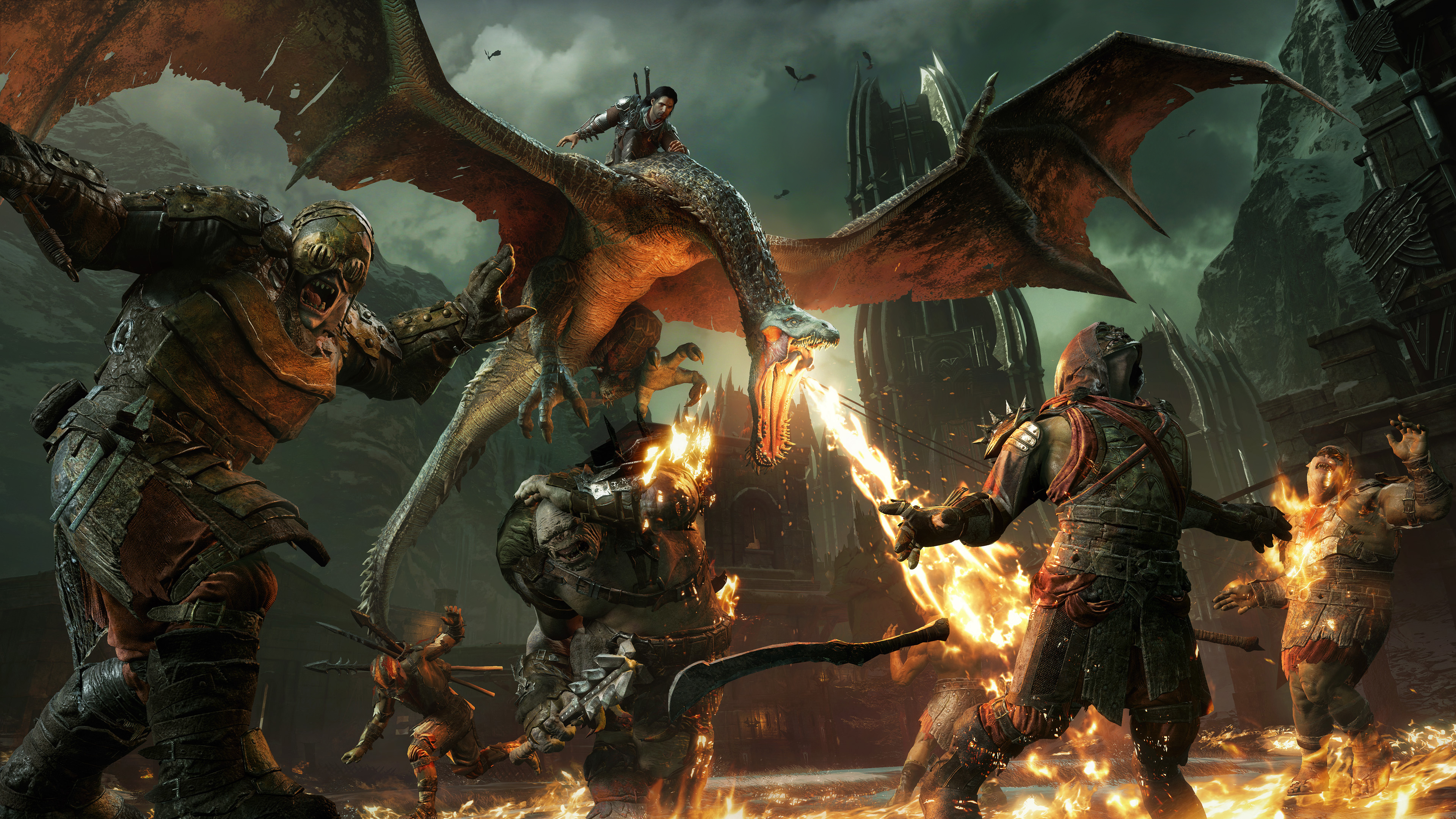Shadow of War goes beyond Mordor, devs are 'massively increasing the scale of the game'
"The first thing to recognise is that we aren’t just in Mordor."

Just over two weeks ago, Warner Bros and Monolith Productions revealed Middle-earth: Shadow of War—the follow-up to the 2014 open world action-RPG Shadow of Mordor. We've since discovered the sequel's system requirements, and have heard Wes' hands-off impressions following a demonstration and conversation with Monolith's vice president of creative Michael de Plater.
While de Plater spoke there about the game's impressive-sounding fortress assaults, highly varied combat and newly-improved and expanded Nemesis system, it seems Shadow of War will also broaden its boundaries quite considerably over its forerunner.
In conversation with the Official Xbox Magazine (via GamesRadar), de Plater said: "One of the reasons it’s Shadow Of War and not just Mordor is that we’ve expanded beyond Mordor. So the Dark Lord is growing his armies, and his forces—led by the Witch-king—have come out of Mordor and attacked and assaulted the human city of Minas Ithil.
"They’ve conquered it and turned it into Minas Morgul, which is the tower of the Witch-king. That actually brings the front line of this war out beyond Mordor and all the way forward to the kingdom of Gondor."
Again set between Tolkien's The Hobbit and The Lord of the Rings tales, Shadow of War will bring new characters, new enemies and, crucially, new locations to its bounds.
"The first thing to recognise is that we aren’t just in Mordor, [and there is] a fair amount of geological variety," says the game's art director Phil Straub. "We can say that there are forests; we can say that there are snowy mountainous areas; we can say that there are other locations. I don’t want to divulge too much. But there is a greater variety."
De Plater adds: "We’ve really focused on just massively increasing the scale of the game, making something truly epic. And that applies to the story and the villains, but it also applies very much to the world itself."
Keep up to date with the most important stories and the best deals, as picked by the PC Gamer team.
OXM's interview with Monolith Studios can be read in full in this month's issue. Wes' conversation is also worth checking out in its entirety in this direction.

